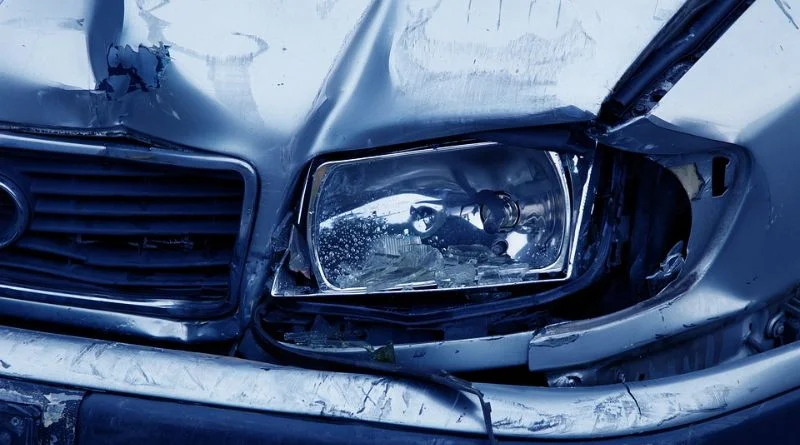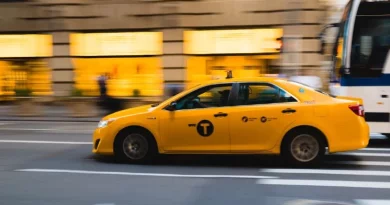What to Do After an Auto Accident?
Millions of car accidents occur each year in the U.S., resulting in injuries, property damage, and thousands of deaths. Car accidents are common, so knowing what to do if you have been in a collision is vital. Knowing what to do after the accident helps you manage the stress of being involved in a crash so you can take the proper steps to protect your rights as a motorist.
Move to a Safe Location
While you should not move your car away from the scene of the accident, it is crucial to get it off the road if it is in a drivable condition. For example, you can move it to the shoulder of the road or street. This would prevent your car from getting hit by an approaching vehicle. If you are unable to exit the vehicle, turn on your hazard lights to signal other drivers, fasten your seatbelt, and wait for help to arrive. If you believe there is a risk of an explosion, ensure that you and others at the scene get as far away from the vehicle as possible.
You must also move to a safe spot and assess your injuries. Car accidents can leave victims feeling disoriented; it is possible that you do not feel any pain due to the shock and adrenaline rush; however, if there are no apparent injuries, you should still get a medical evaluation of your condition.
Even if you feel fine, you should not refuse a medical evaluation. Sometimes symptoms of the most severe injuries, such as traumatic brain injury or internal injuries, can take time to become apparent. Medical professionals are trained to diagnose latent injuries, and they can help you get proper treatment on time and prevent your condition from worsening.
Determine If Anyone Else Is Injured
Once you are in stable condition, you should check on other people involved in the accident. Do not try to move anyone from the vehicle that is seriously injured. For example, if you are traveling with children young enough to be in car seats, do not remove them yourself; instead, let the first responders assess their injuries and safely remove them from the seats. You should also check on the driver and passengers in the other vehicle involved in the accident. If anyone suffered injuries in the accident, it is crucial to call 911 immediately.
Contact the Police
Most states require drivers to inform the police within 24 hours of an accident, especially if someone has been injured. In most cases, the police will arrive at the location without being notified. However, the police may not come in case of a minor collision, such as a fender bender. Contacting the police becomes crucial in some cases, including if the other driver was driving under the influence of alcohol or drugs, is uninsured, fled the scene without providing necessary contact information, or you suspect the accident was caused deliberately.
When the police arrive, note the officer’s name, badge number, and contact information. Describe the accident to the police so they can make a thorough report. The police would also likely question the witnesses at the scene and include their statements in the report. You should be able to request a copy of the police report through your attorney.
Collect Information at the Scene of the Accident
According to Meyers Injury Law, gathering information at the accident site to support your insurance claim is important. If the other party involved in the accident is present at the scene, exchange information such as phone numbers, email addresses, and auto insurance information. You should also take down their license plate number. However, do not discuss who was at fault for the accident or admit fault at the accident scene.
You should talk to any witnesses and request their contact information so your attorney can contact them later to discuss the accident. Next, take photos or videos of the vehicle damage and accident scene. This can be vital evidence to support your claim or lawsuit against the other party. Also, document the driving conditions at the accident site, including the road quality, weather, and lighting on the road.
Call for Roadside Assistance
If your vehicle is not in a drivable condition, you can seek roadside service and get your vehicle towed to a collision repair center. However, if a tow truck shows up without your request to tow your car from the accident scene, it may not be reliable. Therefore, before you trust someone to tow your vehicle from the accident site, verify their credentials. The police can also help you contact a local towing company. Some insurance companies also provide roadside assistance, so check to see if yours has that service.
Contact the Insurance Provider
Another important step is to inform your insurance provider of the accident. If the other person’s insurance is insufficient to cover your damages, your insurance policy may cover them. Typically auto insurance premiums tend to spike following an accident caused by the insured, but if you have a clean record, your insurance provider may offer accident forgiveness. Contacting the insurance company also keeps them informed in case the other driver approaches them to make a claim.
If you suffered damages in the accident, you can start a claim with the other driver’s insurance provider. Submit the evidence you gathered at the accident site with your claim and continue gathering additional evidence of how the accident caused you economic and noneconomic suffering.
Get In Touch With a Lawyer
Another important step following an auto accident is contacting a car accident lawyer. The process of claiming compensation for your suffering can be complex. Your lawyer can guide you each step of the way. They will also help you gather evidence to negotiate a settlement with the insurance company. If the insurance company doesn’t offer an acceptable settlement offer, your lawyer can help you take the case to trial.




